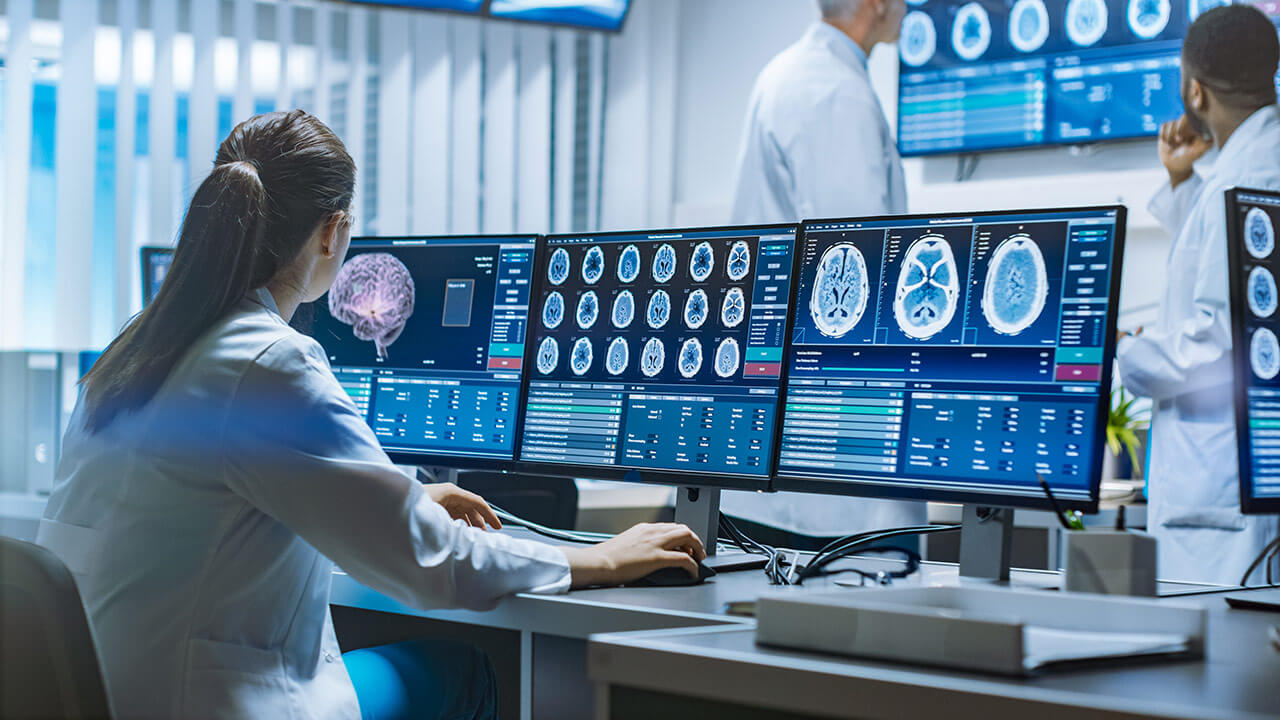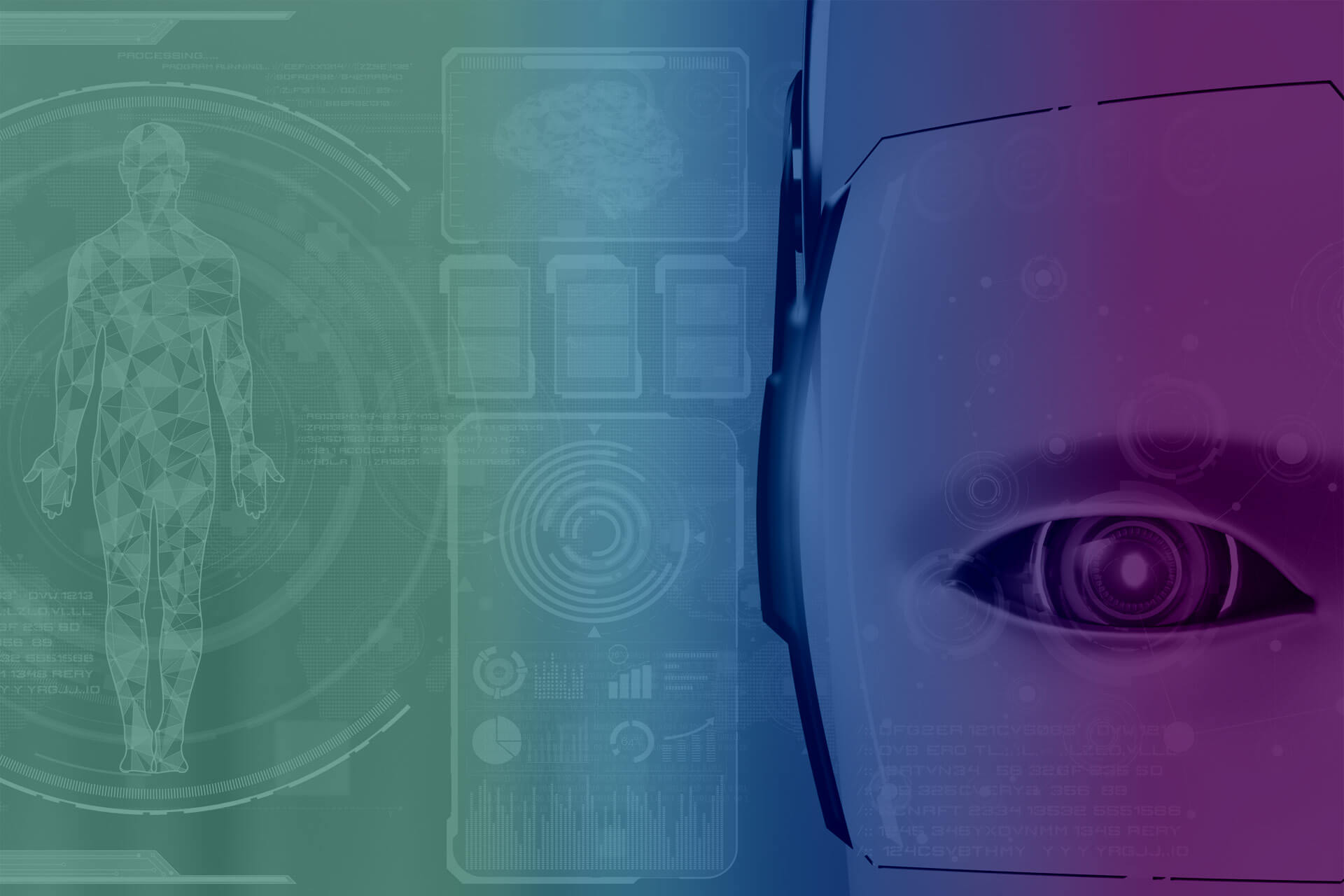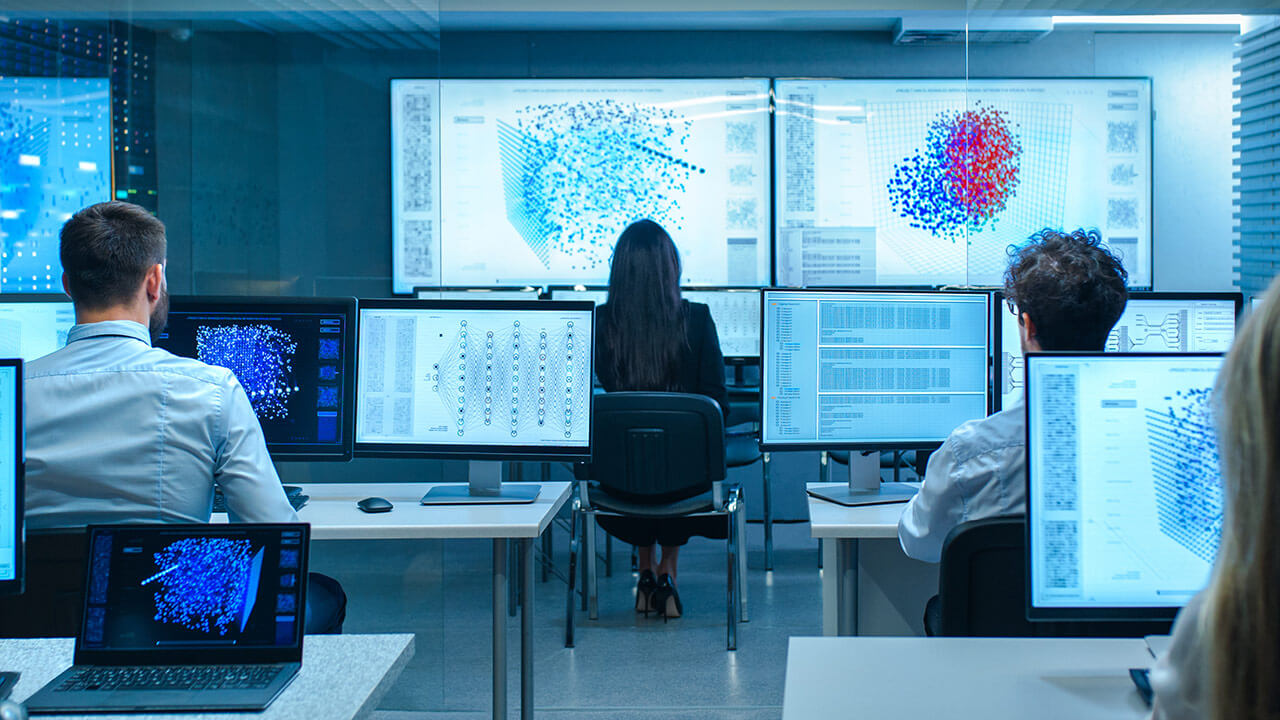The healthcare system is one of the fields in which Machine Learning technologies can be further developed. The ability of machines to learn has established itself as a key factor behind countless aspects of everyday life. In this regard, machine learning seems like the branch of artificial intelligence that has the most power of influence. Its main mission is to create an AI with the ability to learn automatically thanks to the accumulation of data.
The healthcare sector has been working for years to get the most out of great machine learning. And it is that this technological advance plays a determining role in the development of medical procedures or data management. A sector that is transforming by leaps and bounds thanks to machine learning that, among other things, allows patients to predict, treat and diagnose diseases.

What is Machine Learning
Machine learning (ML) is a discipline of artificial intelligence that makes it easier for machines to learn automatically, without being expressly programmed for it.
“It is about systems being able to identify patterns among millions of data to make predictions.
In short, ML, through algorithms, provides computers with the ability to identify patterns in massive data to make predictions. This means that computers can perform specific tasks autonomously, without having to be programmed. In addition, they progressively improve without human intervention.
Although many think that this is the future, the present is already very defined by machine learning. The recommendations of applications such as Spotify or Netflix, without going any further, already use this technology.
This term, used for the first time in 1959, has been penetrating all technological sectors thanks to the data boom and especially the Big Data boom.
How does Machine Learning work?
With ML, the machine does not learn by itself. It is an algorithm of its programming, which is modified with the input of data in the interface, which allows predicting possible scenarios or reacting automatically to certain parameters. That is: the machines obtain their own calculations based on the data that is collected in the system, and the more data they obtain, the better and more precise the resulting actions will be.
Types of Machine Learning
We can currently find this system in any area, from financial transactions to malware prevention. And of course also in the health field. In any case, ML is classified into three categories:
1. Supervised machine learning
Basic and strict, it is usually used to predict unseen or future data, which is known as a predictive model. These algorithms have prior learning based on a system of labels associated with some data, which help them to make decisions or make predictions.
2. Unsupervised machine learning
In this case, the algorithm has to find a structure by itself, since no labels are given to the algorithm nor do they have prior knowledge.
3. Machine learning by reinforcement
A computer program interacts with a dynamic environment in which it must achieve a specific objective. Its objective is for an algorithm to learn from its own experience.
Advantages of Machine Learning
The new era in which we live of digital transformation and progress has led to an incredible advance in the field of Artificial Intelligence (AI). And with Machine Learning, what is achieved is to go from being reactive to proactive.
“Vast volumes of data can be exploited without human intervention to predict future behaviour, improve objectives and avoid errors.
This means that with quality data, technologies and optimal analysis, we can today create behavioural models to analyse data of great volume and complexity. All this providing fast and accurate results without human intervention, even on a large scale.
These characteristics play a determining role in the field of Machine Learning for hospitals. Healthcare is probably the industry where machine learning can do the most.
Not surprisingly, according to a study by Acuam HealthCare, more than 80% of companies in the health sector believe that their competitive advantage will be the digital economy through technology.
Therefore, among the main advantages of using this type of artificial intelligence applied to the health sector we find:
- Greater efficiency and effectiveness
- Improve results by achieving a better quality of life for patients and doctors
- Reduce discovery and analysis times
In a more practical sense, ML is a major driver in tackling one of the biggest challenges healthcare systems face on a daily basis: managing hospital patient flow.
We talk about those problems and situations that the movement of patients through the hospital creates, from entry to discharge, such as overcrowding in the emergency room, readmissions, delays or cancellations, waiting to be admitted to a hospital bed…
Thus, machine learning offers predictive models to help make the right decisions about hospital patient flow, also based on real-time data. An approach that can and should serve as a tool for economic savings within the healthcare landscape.
In this way, machine learning starts with a double main advantage:
- Improves the transfer of patients and alleviates the load of capacity.
- Creates predictive models that, in addition to solving and minimizing problems, works alone to face future challenges in the health sector. From organizing overtime, eliminating long waiting times, improving planning for the management of unloading capacity and beds, etc.
Practical applications and examples of Machine Learning
In the United Kingdom alone, more than 5.9 million emergency hospital admissions were registered in 2017. And a large part of them were avoidable. In this regard, a study by the George Institute for Global Health for the University of Oxford indicated that machine learning can be used to analyse and predict the number of registrations and emergency hospital admissions that occur on a day-to-day basis.
The use of these techniques helps healthcare professionals to accurately monitor patient risks, establishing measures to avoid unplanned admissions and, as a result, significantly improving efficiency and savings in medical expenses.

In Spain, one of the main practical applications that machine learning can have refers to population aging.
In the coming years, those over 65 will be a quarter of the total population. This unequivocally translates into increased health care needs. For this reason, hospitals, CAPs, outpatient clinics, etc. They will be forced to work and have machine learning systems to, for example, streamline their internal management.
Heart failure is another of the diagnoses that present the greatest problems of readmissions, mortality and / or hospital stays. In this regard, there are systems that evaluate the care process by identifying the type of comorbidity that patients have, as well as detecting patterns.
In the field of oncology, researchers at the Massachusetts Institute of Technology (MIT) are using Machine Learning to detect breast cancer earlier. A key issue since its early detection increases the chances of a cure. And at the University of Washington, in Tacoma, they have created a Machine Learning system to predict the risk of hospital readmission for patients with chronic heart failure.
Finally, we can also highlight the practical applications of machine learning in order to map and treat infectious diseases and personalize medical treatments.




